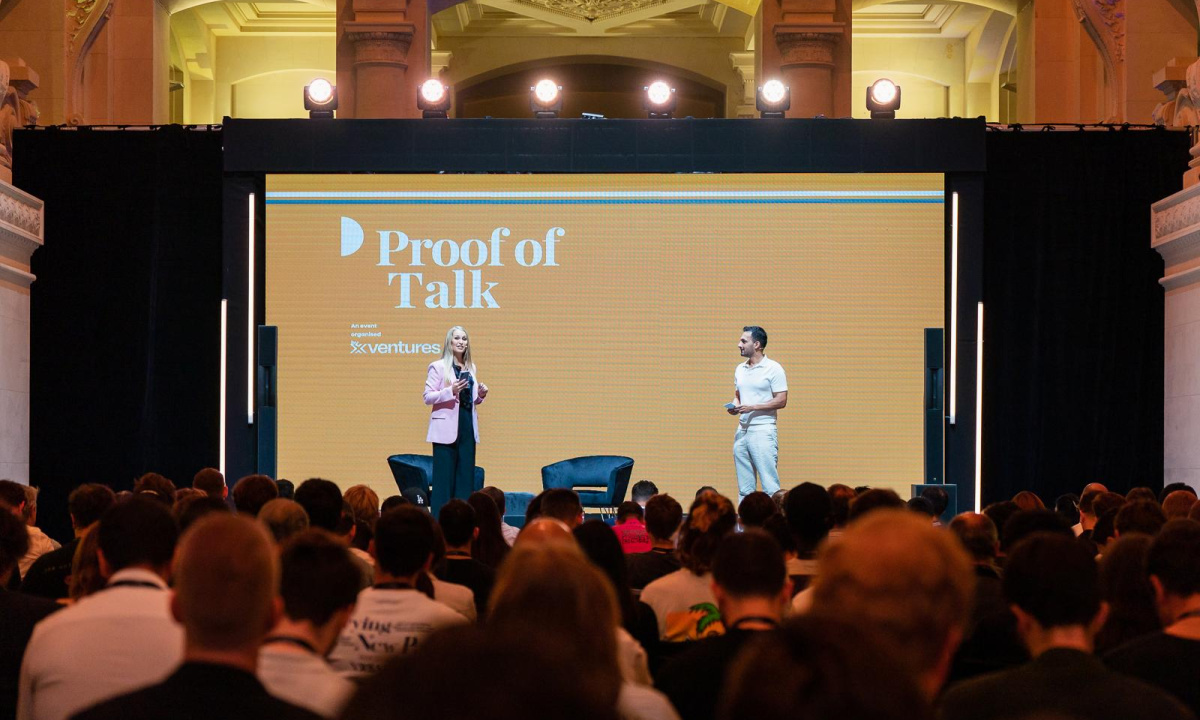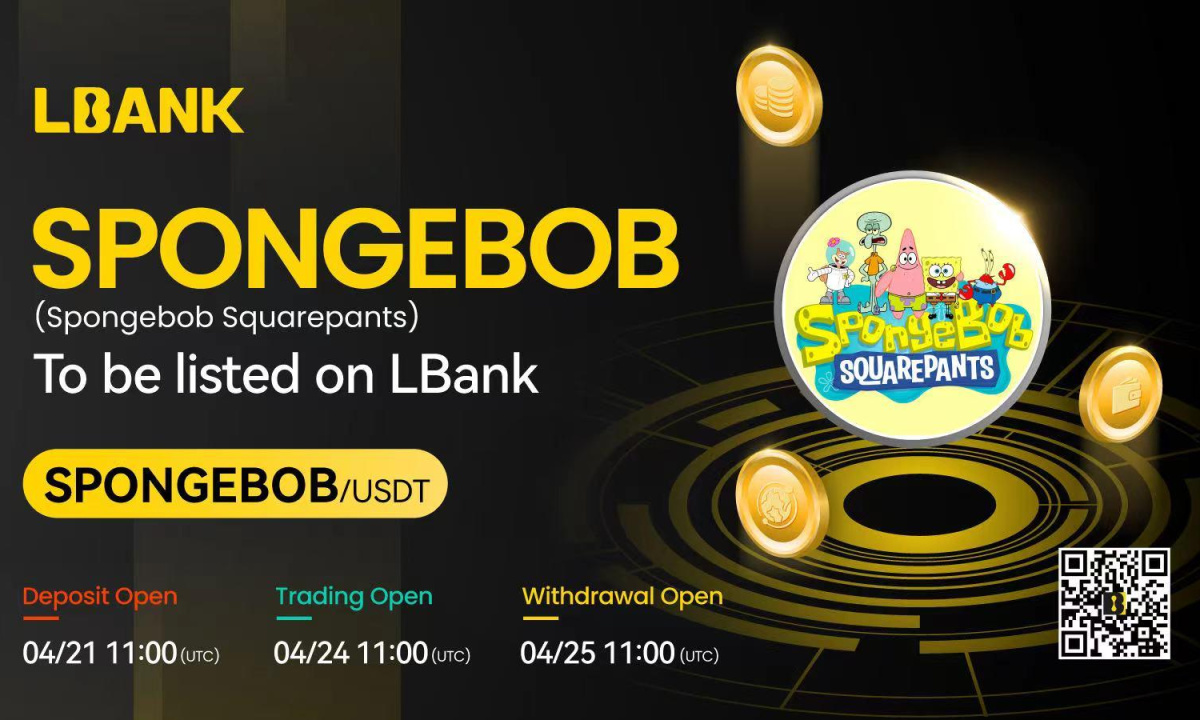Financial services Square has published a whitepaper for tbDEX, its forthcoming decentralized exchange designed to facilitate seamless trading between Bitcoin and fiat currencies.
Square, led by Twitter’s Jack Dorsey, is moving forward with its plans to make inroads into the crypto sector. To date, Cash App, its mobile payments division, offers access to Bitcoin and crypto purchases. With the publication of the tbDEX Whitepaper, Square is effectively moving to build a “protocol for discovering liquidity and exchanging assets (such as bitcoin, fiat money, or real world goods)” that would operate with a certain degree of anonymity and without intermediaries.
The whitepaper has several contentious points, though. Firstly, it claims that it will operate “without the need for centralized intermediaries and trust brokers,” hence enabling decentralized financial services for the greater masses. To this writer’s mind, it’s a great idea and an opportunity to reconnect with the foundational values of the crypto movement, a position diametrically opposed to what exchanges like Binance: full regulatory control over crypto. While the latter conception is not altogether without its merits, Square’s tbDEX proposes a counter-argument:
“[...] the reality is that no interface with the fiat monetary system can be trustless; the endpoints on fiat rails will always be subject to regulation, and there will exist the potential for bad behavior on the part of counterparties.”
This foundational concept is a cornerstone of established frameworks and security protocols for exchange over the internet, such as the frameworks set for public key infrastructure over which the worldwide web’s basic security is built on. Cryptographic security and trustlessness are important to crypto users, and a nudge towards true decentralization from a firm such as Square is a welcome move.
First announced sometime in July, Square’s TBD is being built as a layer based on Bitcoin’s foundational concepts, but not directly off of the Bitcoin blockchain. Rather, it’s a series of on-ramp (fiat to crypto) and off-ramp (crypto to fiat) settlement schemes that also involve Participating Financial Institutions (PFIs) serving users with decentralized identifiers (DIDs).
The latter is a new type of identifier that creates verifiable, decentralized digital identities, while the former refers to entities external to TBD’s permissionless network that offer liquidity services for tbDEX, effectively creating a seamless bridge between fiat and crypto.
"It is still prohibitively difficult for the average person, starting with traditional fiat-based payment instruments, to directly access on-ramps and off-ramps into and out of the decentralized financial system [...] We need a better bridge into this future. The tbDEX protocol is directed at this problem." the whitepaper states.
These systems for decentralized finance are not new, they are already implemented through cross-chain and inter-blockchain smart contracts, especially those operating through and alongside the Ethereum blockchain. TBD’s conceptualization offers a bridge through this problem, but we’ve yet to see it go live and average, everyday people massively adopting this as the easier way into the crypto ecosystem.
Disclaimer: This article is provided for informational purposes only. It is not offered or intended to be used as legal, tax, investment, financial, or other advice. Opinions stated herein are solely of the author’s, and do not represent or reflect CryptoDaily’s position on the matter.












